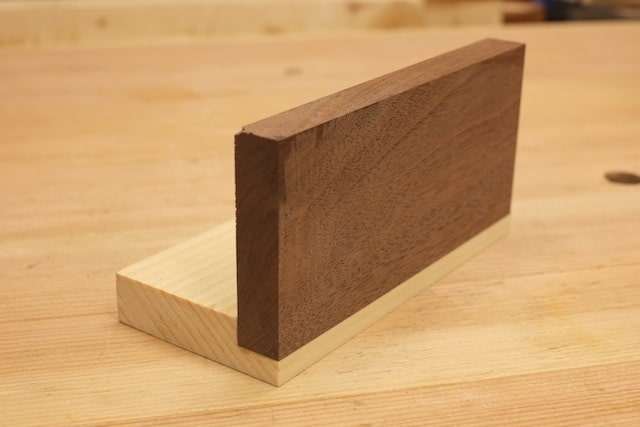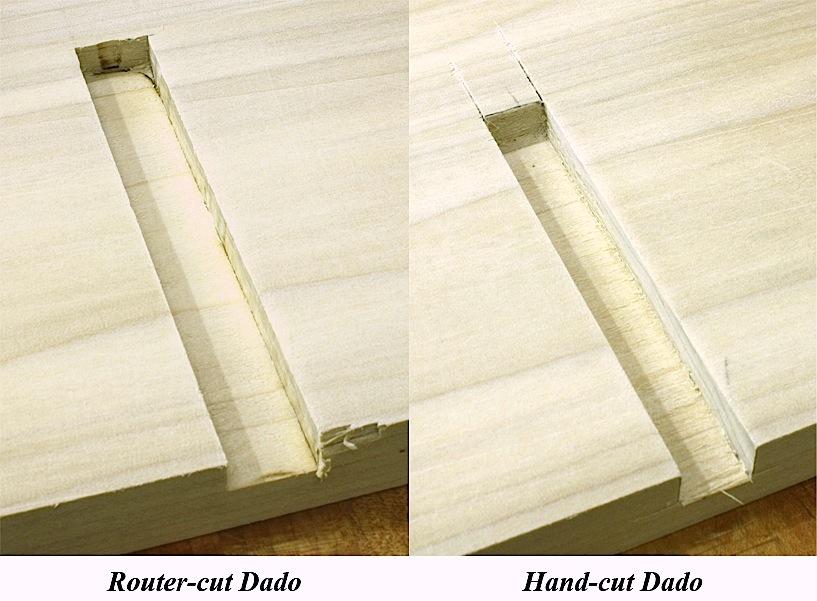A Guide on Wood router Dadoes, Grooves and Rabbets
As a woodworker, you can never build a piece of furniture without using a wood joinery. Making joints is just one of the ways through which a woodworker’s expertise may be measured when it comes to woodworking. Therefore, a basic understanding of the simplest woodworking joints such as dadoes, grooves and rabbets proves to be invaluable when it comes to woodworking projects. You can use a wood router to make these joints since a router can handle anything and everything.
Choosing the Best Joinery in Woodworking
For any woodworker, especially beginners, it is daunting to know what joint to use when working on a project. However, if you can only consider a few points, it will be easier to do this.
- Avoid complications: Even though a complex joint may portray your undisputed expertise in woodworking, it is always much safer to keep things simple. The simplest joint can just do the required job; therefore, there is no need to overdo things.
- Experience: Experience is invaluable when it comes to woodworking. It helps you know what has worked before and what has not. One sure way to make use of your experience is to use what has worked before.
- Proper fitting: Choose a joint that will fit perfectly. Otherwise, it is not necessary to bother to make it after all. Furthermore, a sloppy joint will break off prematurely. Always take your time, counter-check the pieces and where possible replace any piece that is not fitting, cracked, or loose.
- Tidiness: Every piece you build should not only be perfectly fitting, but it should also be the best you could ever do. At end of every project do not look at it and say I could have done better.
- Strength: The joint you choose should reinforce the piece of work and uphold its integrity. It should not interfere with the appearance of your masterpiece.
- Flexibility: An ideal joint is never an end in itself but should rather be flexible enough to accommodate additional operations in future such as moldings, grooving, screws, and many others. It should also allow the wood to move whenever ambient conditions change.
What are Dadoes, Grooves, and Rabbets?
Simply put, grooves, rabbets, and dadoes are the simplest forms of wood joinery that are used in almost all wood working projects. An understanding of these joints can help a woodworker hone his or her skills in woodworking. A woodworker can make joints using a simple fixed base router in conjunction with some inexpensive set of straight bits.
These joints can further be explained as:
- Rabbet: This simply refers to a two-sided notch that is normally cut along the edge of a board or at the end of the board. This joint is usually designed so as to fit into another board and it is mostly used for joining corners of cabinets. It is also used to hide the back of a cabinet.
- Dadoes and Grooves: These two refer to one and same thing. However, grooves that run across the grain are referred to as a dado. The dado is a rectangular or square slot running across the grain. On the other hand runs with the grain.
What determines the Size of Slot or Joinery to Cut?
Two things determine the size or width of the slot to be cut when working on a project: The nature of the project and The material in use. The woodworker can cut slot to the same exact size as the material it will house or alternatively cut a standard size slot then mill the stock to fit the slot.
Majority of woodworkers use standard size widths when working on their projects: Basically ¼, ½ and ¾ inch widths. But since most plywood come in nonstandard thickness, the woodworker has to tweak the slot so that it fits the plywood.
For woodworkers who mostly use plywood in their workshop then the right router and router bits will be a great investment. A table-mounted or a handheld router will do a perfect job when cutting these joints.
How to Cut Dadoes, Rabbets, and Grooves
You can make perfect dadoes, rabbets, and grooves using a wood router. A table-mounted and a handheld router will be your greatest asset when you are cutting these joints.
Grooves
Grooves are generally close to the edge of the work piece and therefore the ideal router to use when making this joint is a table-mounted router with a fence. The cut is close to the stock’s edge and therefore you can use a slot-cutting bit to cut the groove. The material will run vertically against the fence.
If you are cutting a groove that is more than 1 inch from the edge of the stock, the ideal bit to use is a spiral or straight bit. These will run the material horizontally on the router table. While doing this you should be careful enough to predict where the bit will appear through the material and keep your hands off this part.
A router table is perfect for cutting grooves and it cuts easily those that have open ends on both sides. If you are milling a groove that must stop midway along the material, make use of a stop block. You can also mark the upper part of the stock and the part where the groove will end. You will then feed the material to the router until the two marks are aligned. Swift off the router and once the bit is no longer rotating lift the piece from the table.
Dadoes
Dadoes are generally cut a distance from the end of the board. They are technically challenging to cut on a router table with an exception where you have a very wide and a quite short piece of work. Otherwise, you require a jig and a handheld router for you to make perfect dadoes. The ideal guide to use is the T-square guide.
While cutting dadoes, if the material cut is of similar thickness as the width of the cutter, the cuts have to be made on several passes until a perfect fit is attained. One of the best bits to use for cutting dadoes is the spiral Onsrud bit.
Rabbets
Rabbets are usually cut on the edge of the board and therefore the material can be fed both vertically and horizontally. This joint be made using rabbeting bit, straight bit, slot cutter, or a spiral bit. Rabbeting bits come in various sets with a number of interchangeable bearings. Therefore, the woodworker can cut several rabbits using one cutter by just changing the bearings and altering the projection of the bit.
Conclusion
Rabbets, dadoes, and grooves are types of joinery that every woodworker should familiarize themselves in using. They are ideally the easiest joints to cut using a wood router and are used in almost all routing projects. You should have the right material and tools for you to make the best joints. Buy excellent quality bits and make a few jigs for guiding your router.


